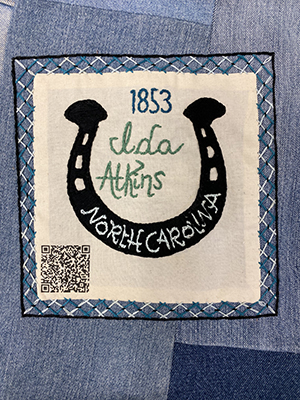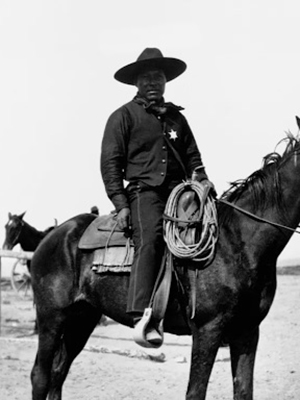Ida Atkins
“I was born before the war. I was about eight years old when the Yankee mens come through. My mammy and pappy, Hattie and Jim Jeffries belonged to Marse Frank Jeffries. Marse Frank come from Mississippi, but when I was born he and Miss Mary Jane was living down here near Louisburg in North Carolina where they had a big plantation. My pappy worked at the stables, he was a good horseman, but my mammy worked at the big house helping Miss Mary Jane. Mammy worked in the weaving' room. I can see her now setting at the weaving machine and hear the pedals going plop, plop, as she treaded them with her feets. She was a good weaver.” – Ida Atkins
 A.J. Pesaro ’24
A.J. Pesaro ’24
Five thousand years ago on the steppes of eastern Europe and Central Asia, humans began domesticating horses, and they have proved an invaluable animal ever since. In the American colonies, horses were used to fell the logs that built the first homes, the first looms, and the first spinning wheels. Only with the help of horses to pull out stumps and plow fields could farms become more than a sustenance business.
The iconic American horseman is the cowboy. Even though one in every four cowboys was black, popular culture has for a long time portrayed them all as white. William Loren Katz, author of The Black West, said: “Right after the Civil War, being a cowboy was one of the few jobs open to men of color who wanted to not serve as elevator operators or delivery boys or other similar occupations.”. By 1865, cattle ranchers returned home to find they were in desperate need of highly skilled African-Americans as paid cowhands to round up their herds who were roaming free over a vast territory.
Sources
- Federal Writers' Project: Slave Narrative Project, Vol. 11, North Carolina, Part 1, Adams-Hunter. 1936
- The Evolution of Horses | American Museum of Natural History
- The Lesser-Known History of African-American Cowboys
